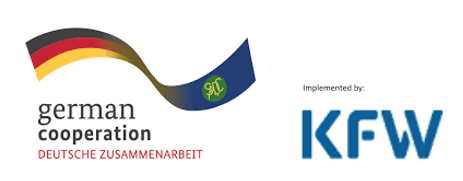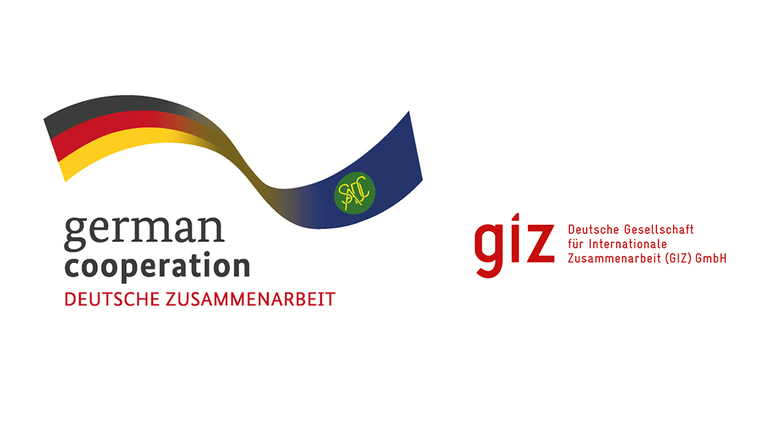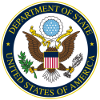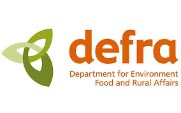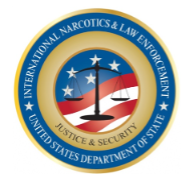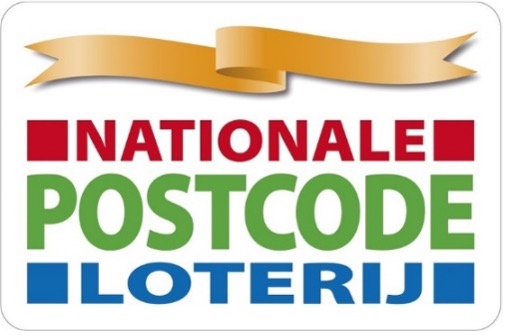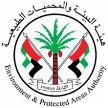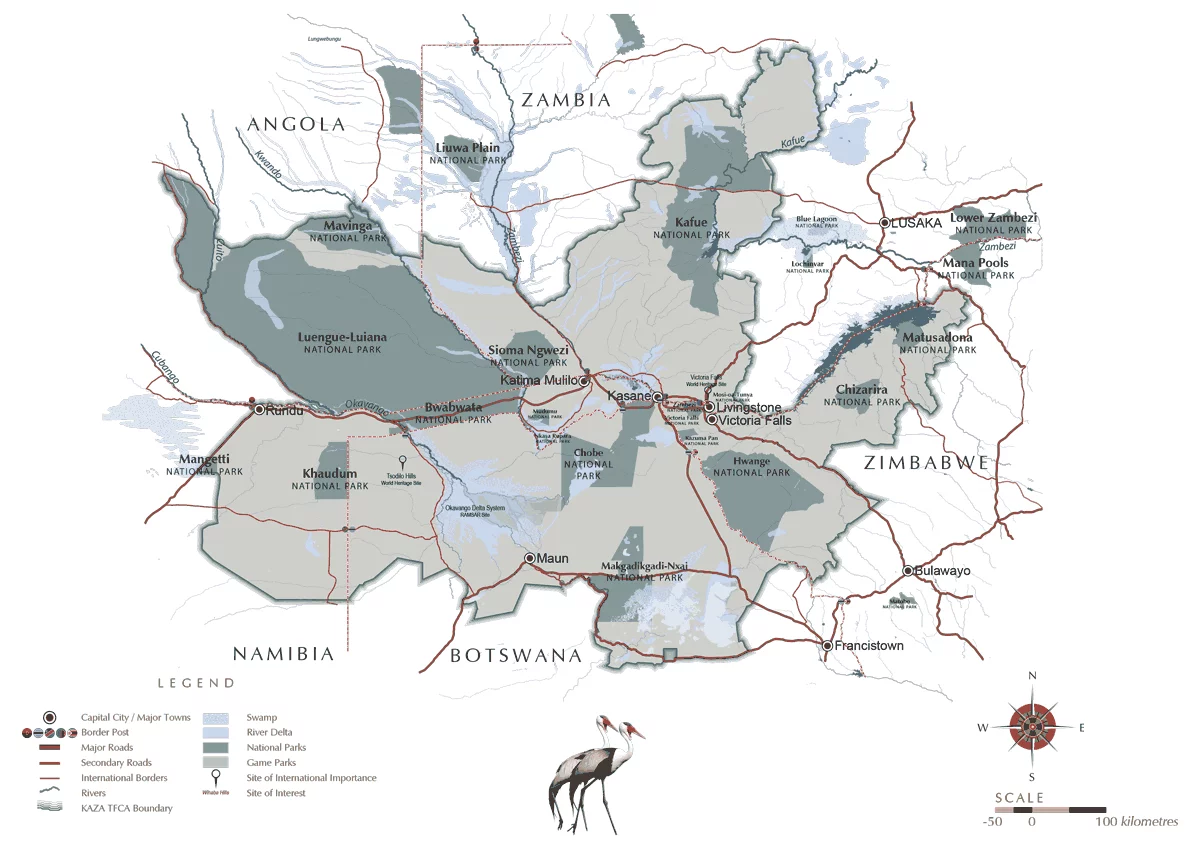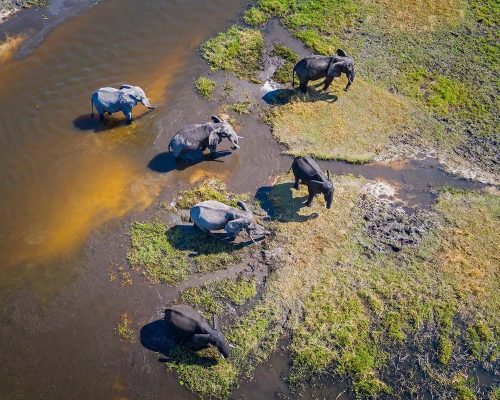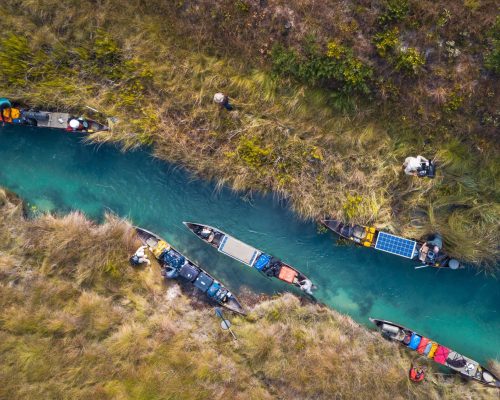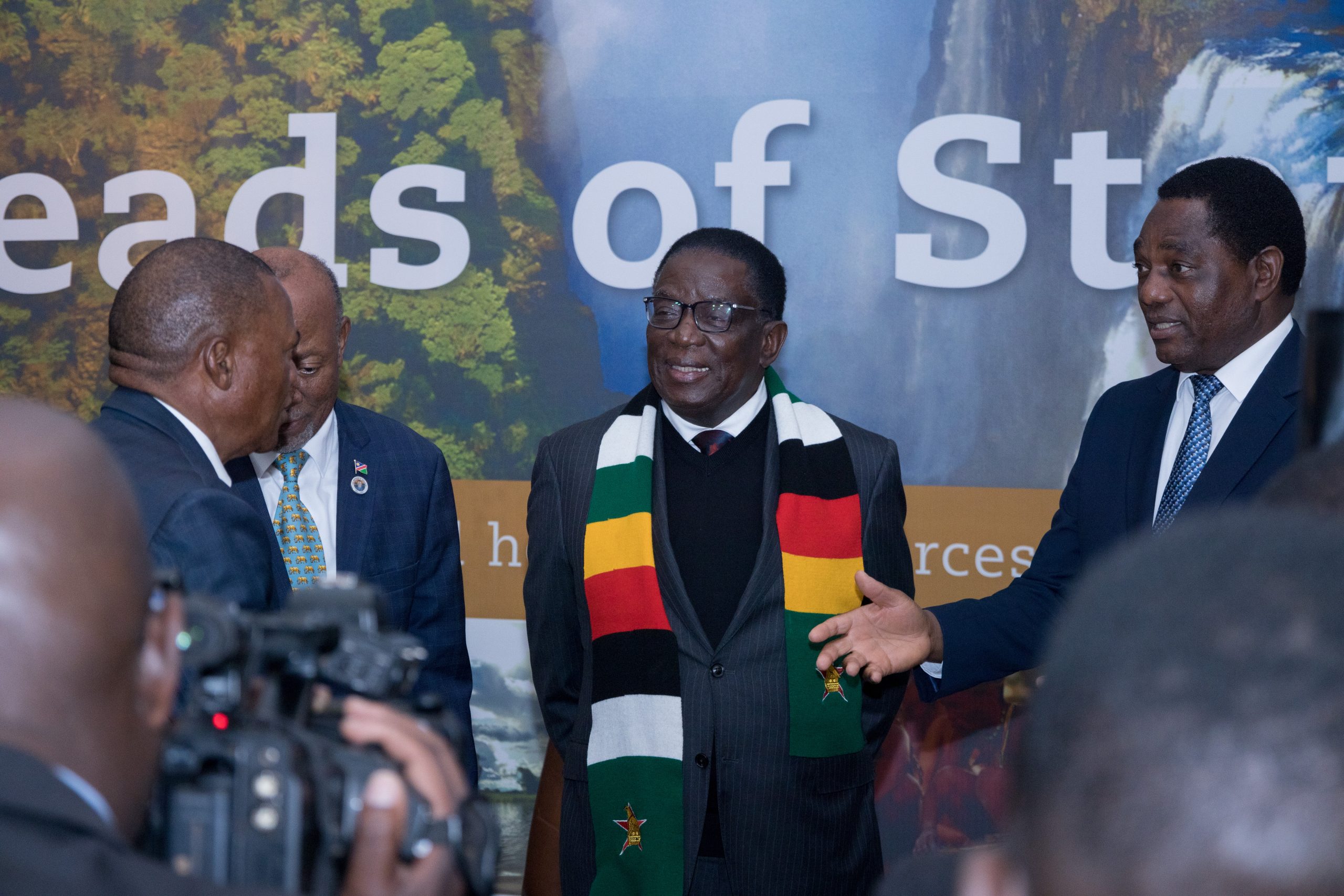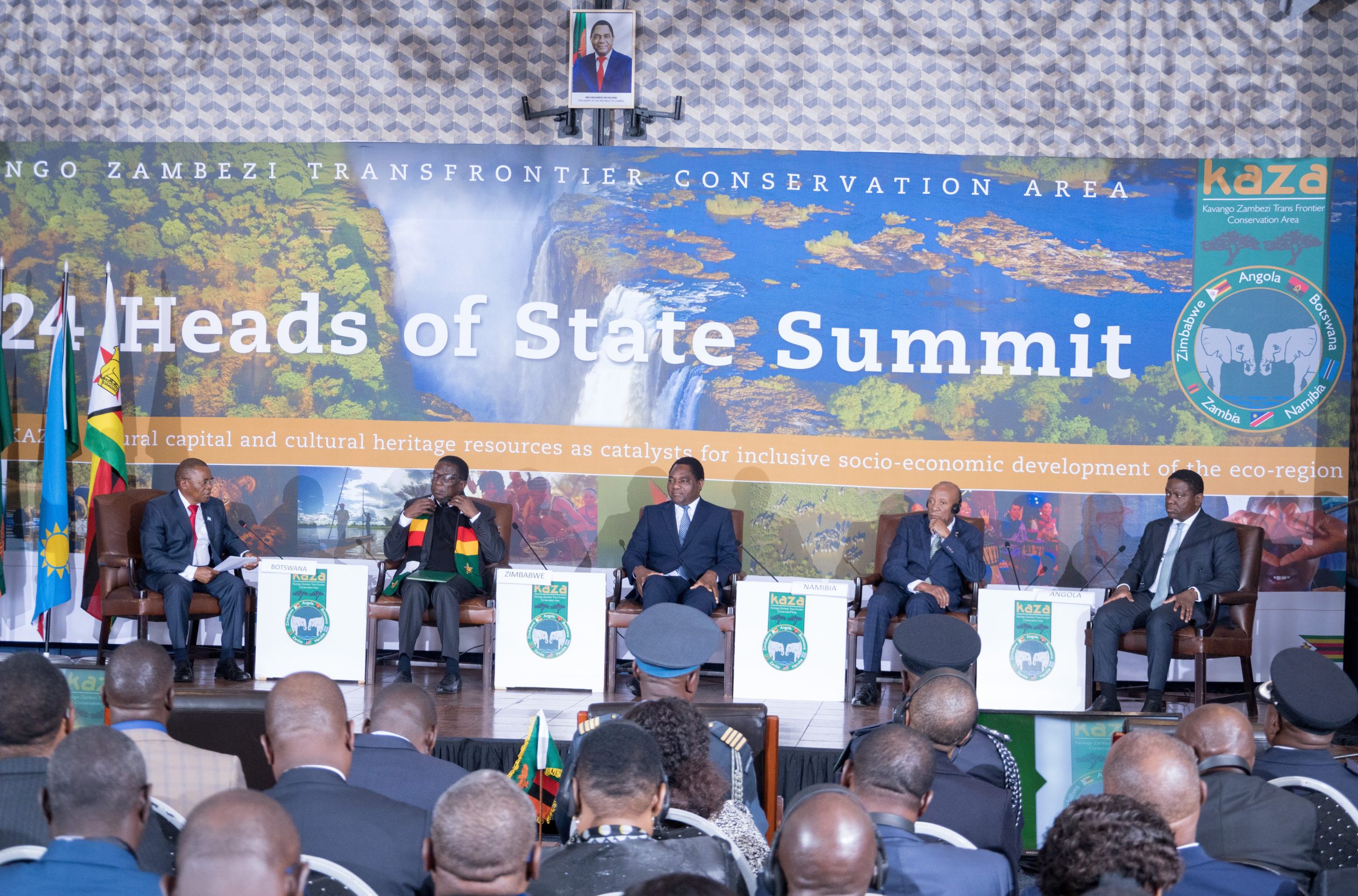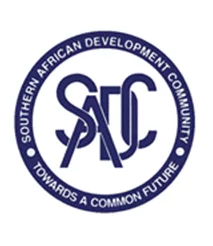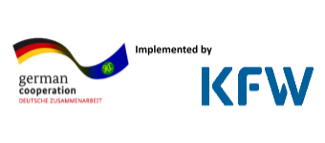Our Organisation
Our Vision
“To establish a world-class trans frontier conservation and tourism destination area in the Okavango and Zambezi River Basin regions of Angola, Botswana, Namibia, Zambia and Zimbabwe within the context of sustainable development.”
Our Mission
To sustainably manage the Kavango Zambezi ecosystems, and its heritage and cultural resources based on best conservation and tourism models for the socio-economic wellbeing of the communities and other stakeholders in and around the KAZA region through harmonisation of policies, strategies, and practices.
Our Objectives
- Conserve the shared natural resources and cultural heritage of this vast area of southern Africa
- Promote and facilitate the development of a complementary and linked network of protected areas that protect wildlife and provide and restore dispersal corridors and migratory routes
- Develop the KAZA TFCA into a world-class tourism destination offering a variety of breathtaking adventure and luxurious relaxation
- Promote the free and easy movement of tourists across borders
- Implement programmes that ensure the sustainable use of natural resources in ways that improve the livelihoods of communities and reduce poverty
- Harmonise conservation legislation and natural resource management of the TFCA
Leadership and Organisation
The KAZA TFCA is led by the governments of the five Partner States. The governance structure for the KAZA TFCA has six levels:
- The highest authority is the Ministerial Committee, which provides political leadership and ultimate approval.
- The Coordinating Country rotates every 2 years. It drives the planning processes and, as the representative of the Partner Countries, can expedite decision-making. It is responsible for convening meetings that involve all Partner Countries and is tasked with mobilising resources for the KAZA TFCA.
- The Committee of Senior Officials (COSO) renders Ministerial Committee decisions more operational, provides policy guidance, has financial oversight, harmonises Partner Country expectations, and supervises the Joint Management Committee.
- The Joint Management Committee administers and manages the KAZA TFCA under the guidance of the COSO. It ensures the participation of stakeholders, monitors the operations of the Secretariat, and creates ad hoc Specialist Advisory Groups when necessary.
- The National Committees coordinate the implementation of country-specific conservation programmes, ensuring alignment between national and KAZA TFCA-wide activities. The committees facilitate the participation of national stakeholders in the wider planning processes and seek to ensure that local communities derive benefits from the KAZA TFCA.
- The Secretariat coordinates the day-to-day operations of the KAZA TFCA. It facilitates participation, develops tools, identifies programmes, and ensures effective communication, monitoring and evaluation of the KAZA TFCA programmes.
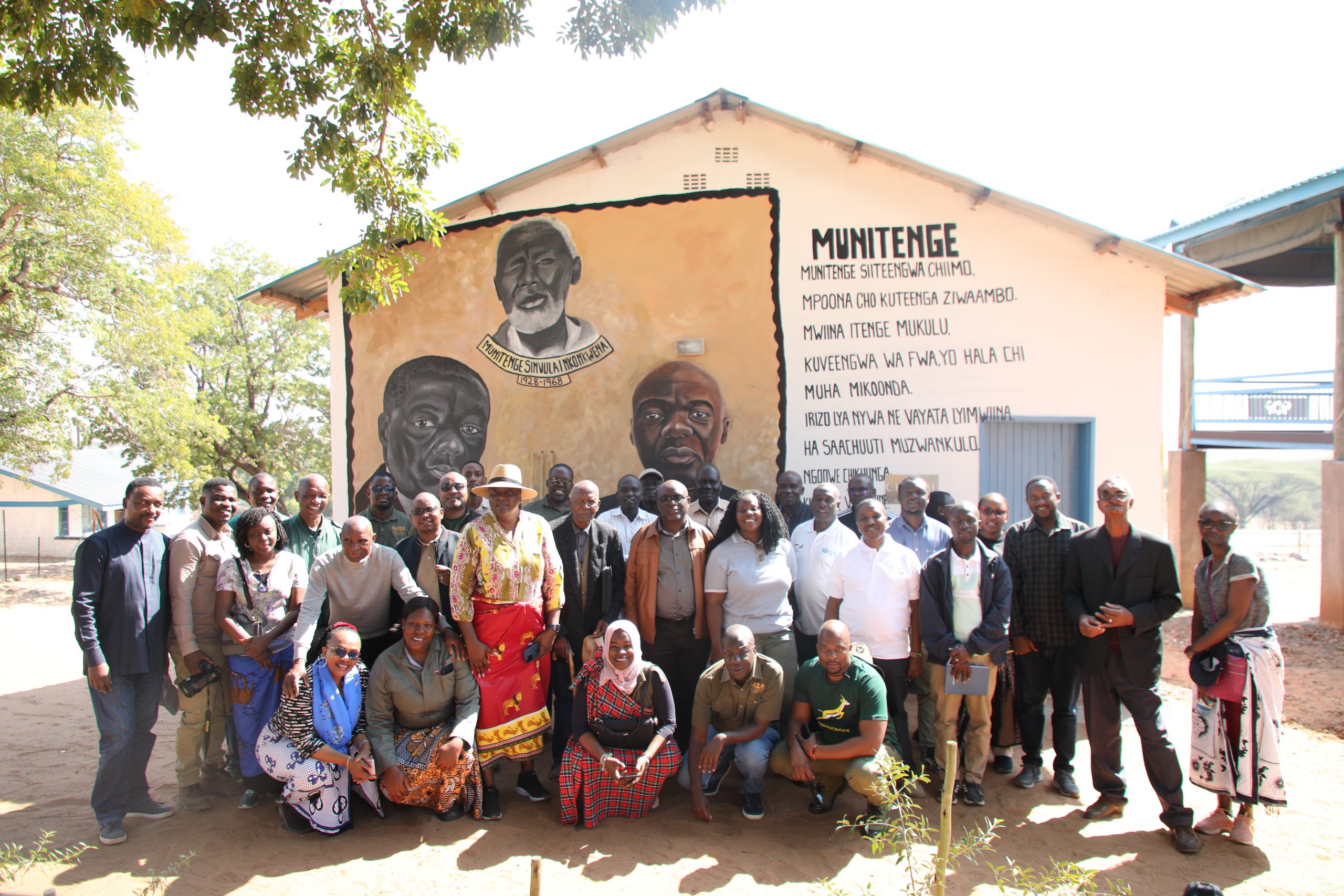
Partners and Stakeholders
The establishment and development of KAZA TFCA have hinged on and benefited from significant support from different Partners, including local communities and international NGOs, as well as international cooperating partners.
Partner States, as articulated in the KAZA TFCA Treaty, recognise the importance of partnerships. The Secretariat leverages different partnerships in pursuit of its shared vision, mission, and objectives. See the story map depicting different projects implemented by our various partners.
Kaza Donors
The Federal Republic of German through KfW, the German Development Bank, has been its instrumental in the establishment and development of KAZA TFCA since 2009. This support has been pivotal in leveraging and unlocking donor interest and diversification over time. The KAZA TFCA Secretariat receives broad support from Partner States, international organizations, and development organisations. The donors displayed are not exhaustive but highlight some of the key donors that have supported the KAZA TFCA over the years.
